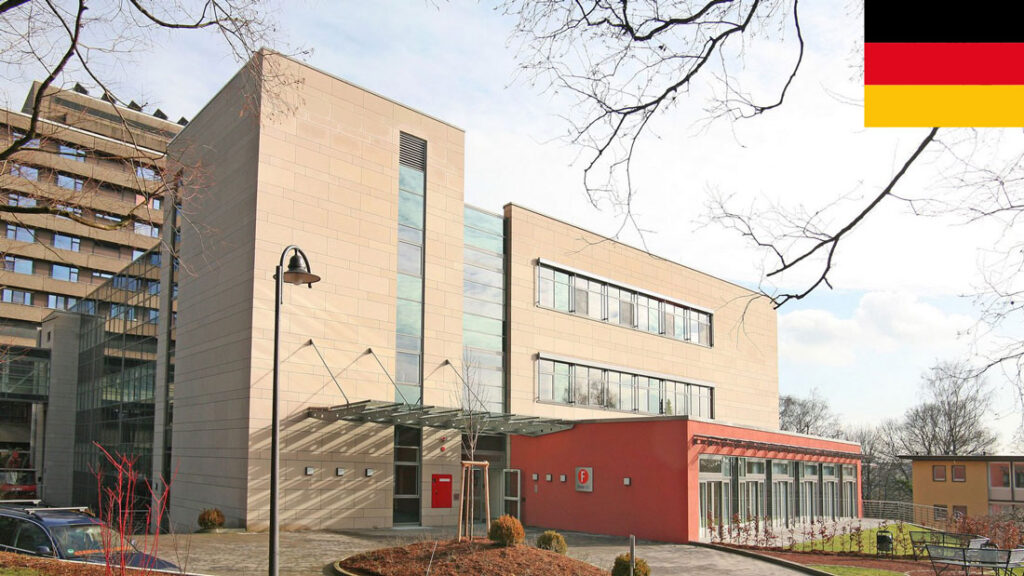Reasons for Loss to Follow-Up in Thai Glaucoma Patients and Suspects
Glaucoma is a leading cause of irreversible blindness worldwide, and Thailand is no exception. Early detection and consistent follow-up are crucial to preventing vision loss. However, many Thai glaucoma patients and suspects fail to return for scheduled appointments, leading to disease progression and poorer outcomes. Understanding the reasons behind this loss to follow-up is essential for improving patient care and reducing preventable blindness.
What Is Loss to Follow-Up in Glaucoma?
Loss to follow-up (LTFU) occurs when patients diagnosed with or suspected of having glaucoma do not return for scheduled medical visits. This can result in delayed treatment, worsening symptoms, and irreversible vision damage. In Thailand, several factors contribute to this issue, ranging from socioeconomic barriers to healthcare system challenges.
Key Reasons for Loss to Follow-Up in Thai Glaucoma Patients
1. Financial Constraints
Many Thai patients, especially those in rural areas, face financial difficulties that prevent them from attending follow-up visits.
2. Geographical Barriers
Thailand’s healthcare infrastructure is unevenly distributed, with specialized glaucoma care concentrated in urban centers.
3. Lack of Awareness and Health Literacy
Glaucoma is often asymptomatic in early stages, leading patients to underestimate its severity.
4. Cultural Beliefs and Alternative Medicine
Some Thai patients rely on traditional remedies instead of medical treatment.
5. Healthcare System Challenges
Systemic issues within Thailand’s healthcare system also contribute to LTFU.
6. Psychological Factors
The fear and anxiety associated with a chronic disease can deter patients from follow-ups.
Strategies to Reduce Loss to Follow-Up
Addressing these barriers requires a multi-faceted approach involving healthcare providers, policymakers, and community engagement.
1. Improving Affordability
2. Enhancing Patient Education
3. Strengthening Healthcare Access
4. Cultural Sensitivity in Care
Conclusion
Loss to follow-up among Thai glaucoma patients and suspects is a complex issue influenced by financial, geographical, cultural, and systemic factors. Addressing these challenges requires collaborative efforts to make care more accessible, affordable, and culturally appropriate. By improving patient education, healthcare access, and financial support, Thailand can reduce preventable blindness and enhance the quality of life for glaucoma patients.
Early intervention saves vision—ensuring patients stay in care is the first step toward a brighter future for glaucoma management in Thailand.



